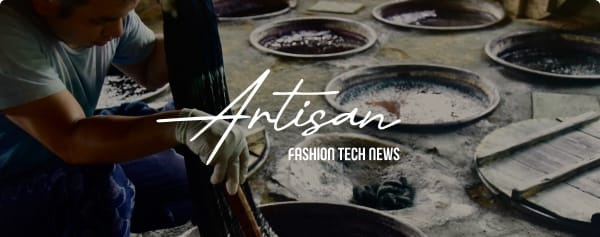12.22MON
The Present State of "Tomioka Silk Mill", the Backbone of Japan's Modernization, and "Usui Silk", Japan's Largest Operating Silk Mill

Sericulture, or silk farming, is believed to have started in Japan during the Yayoi period. As time progressed, the techniques of silk production and the creation of raw silk from the cocoons produced through sericulture developed around the middle of the Edo period. The domestic production of raw silk increased dramatically.
Following the opening of ports in 1859, raw silk became Japan's largest export product and was positioned as an important industry. In 1872, the Tomioka Silk Mill, equipped with the latest French silk machinery, was established in Tomioka City, Gunma Prefecture, supporting Japan's modernization.
However, with the decline in Japan's silk industry, the Tomioka Silk Mill ceased operations in 1987. The mechanized silk mills, which numbered 288 nationwide in 1951, are now down to two: Usuiseishi Co., Ltd. in Gunma Prefecture and Matsuoka Co., Ltd. in Yamagata Prefecture.
In the first installment of our special feature on "Sericulture and Silk Production", we will visit the Tomioka Silk Mill, which has contributed to Japan's modernization and is now a World Heritage Site and tourist attraction, and Usuiseishi Co., Ltd., the largest existing mechanized silk mill in Japan. Along with sharing data and retracing their history, we will capture their present form and ongoing initiatives.
This article is for members only.
Please register to read the rest of the article.
What you can do with a membership
- Read members-only articles
and use text-to-speech. - Unlimited article favourites
and browsing history. - Attend members-only events.
- Get the latest information
with our email newsletter.
CONCEPT VIDEO
"fashion tech news" Unveils New Logo & Concept Video
TOP ARTICLES
RELATED ARTICLES
CONCEPT VIDEO
"fashion tech news" Unveils New Logo & Concept Video
CONTACT
If you have any questions or enquiries, please enter your details in the form below.








.jpg?w=400&fm=webp)









.png?w=400&fm=webp)



